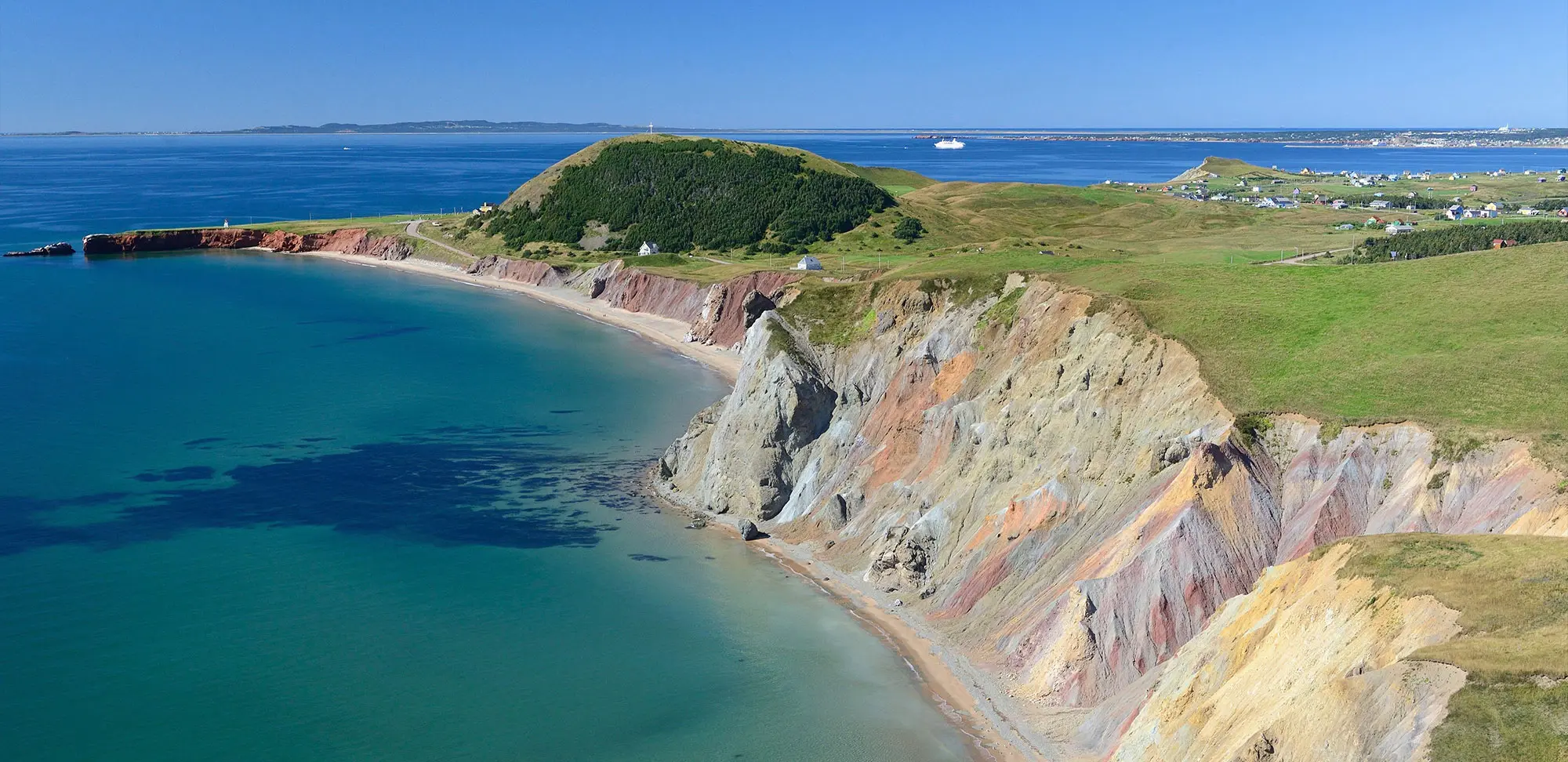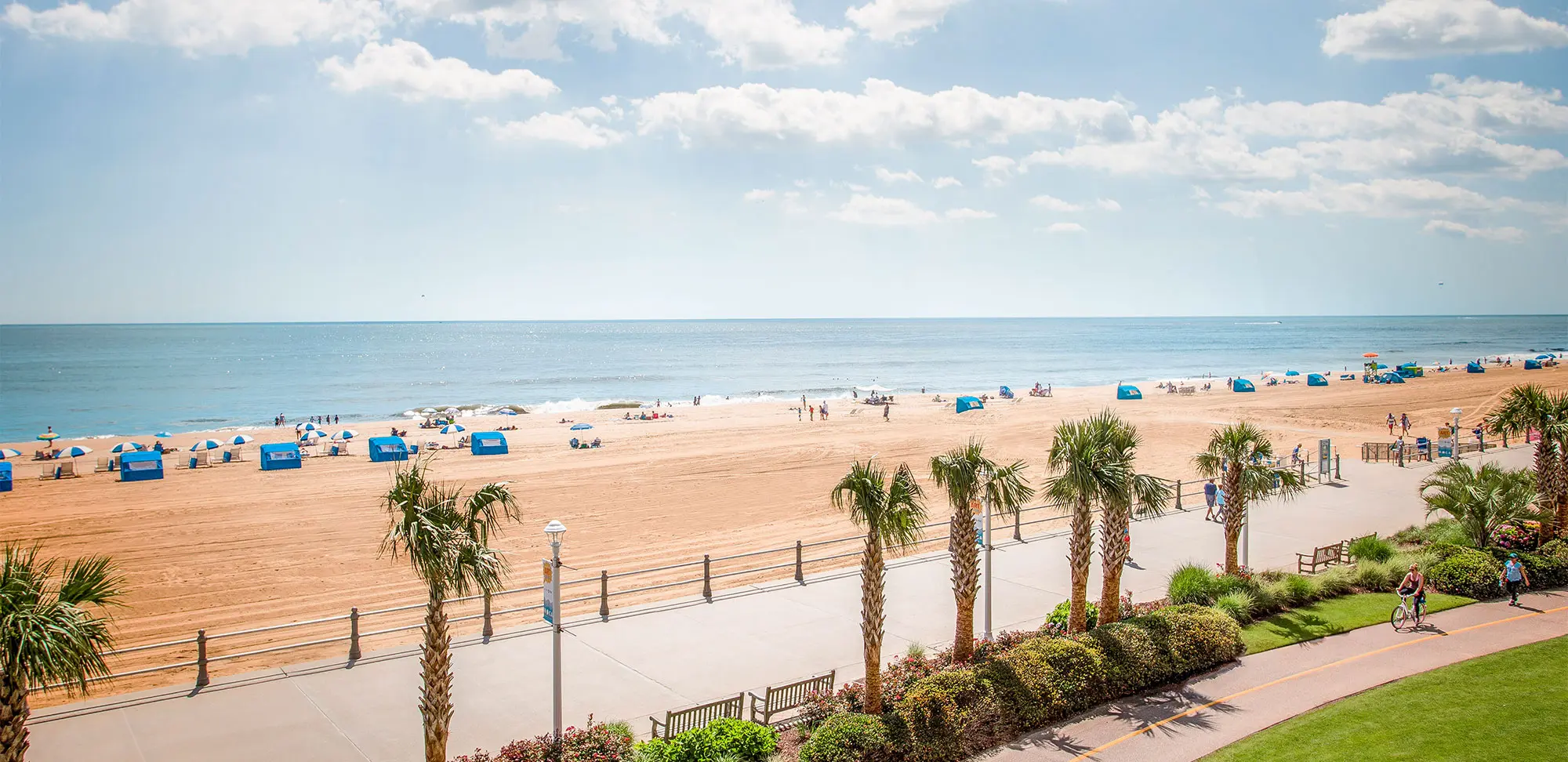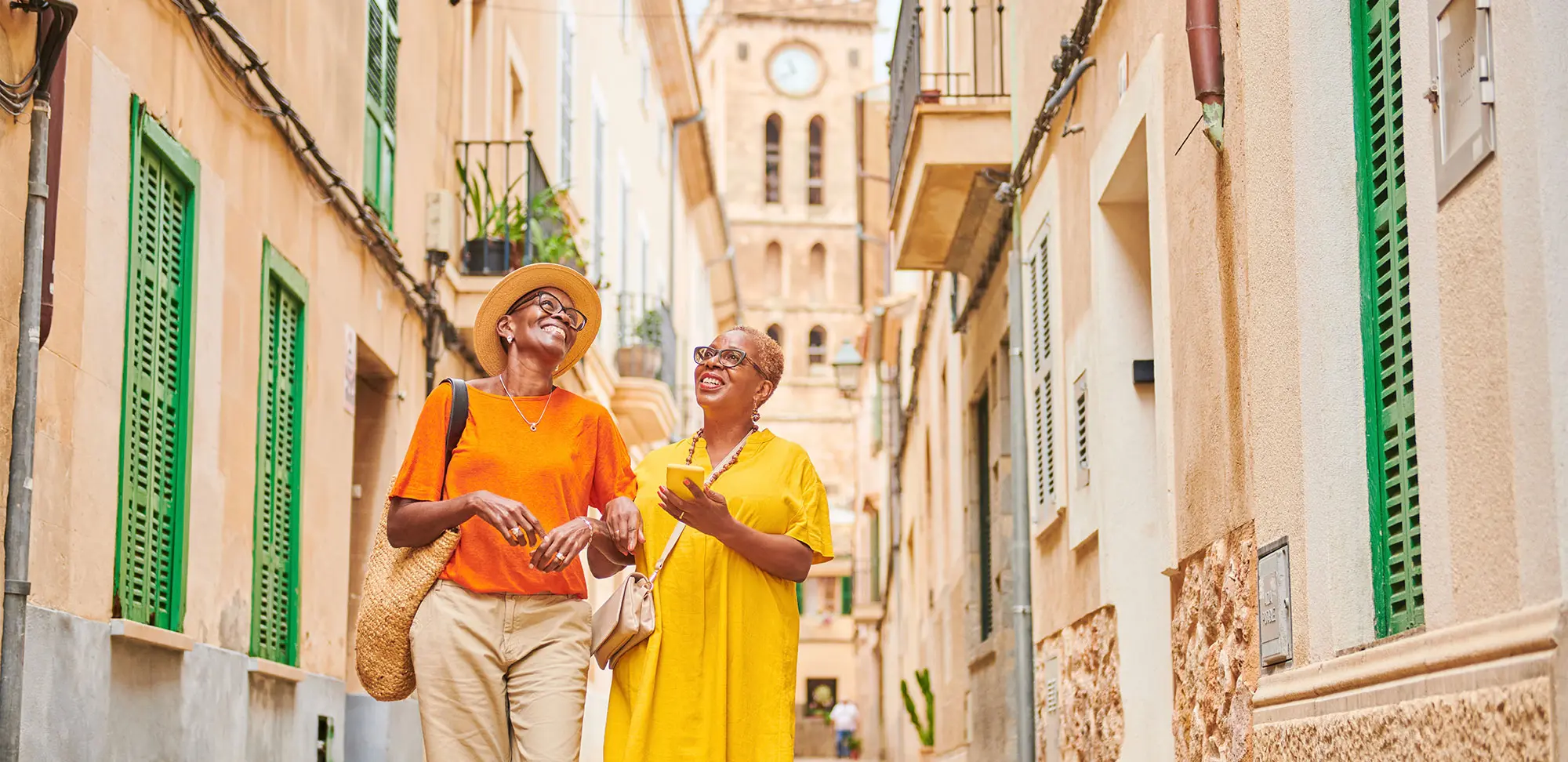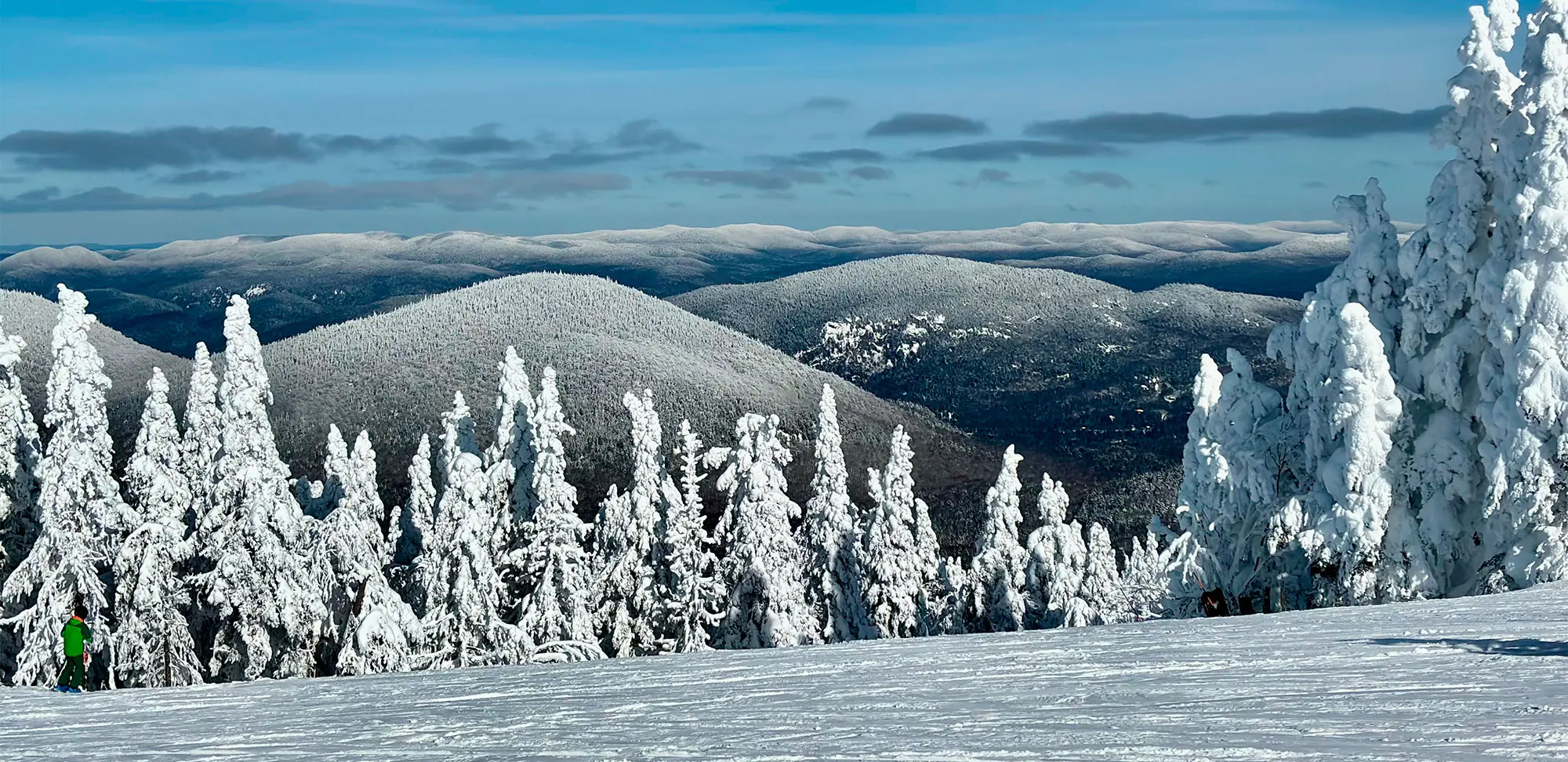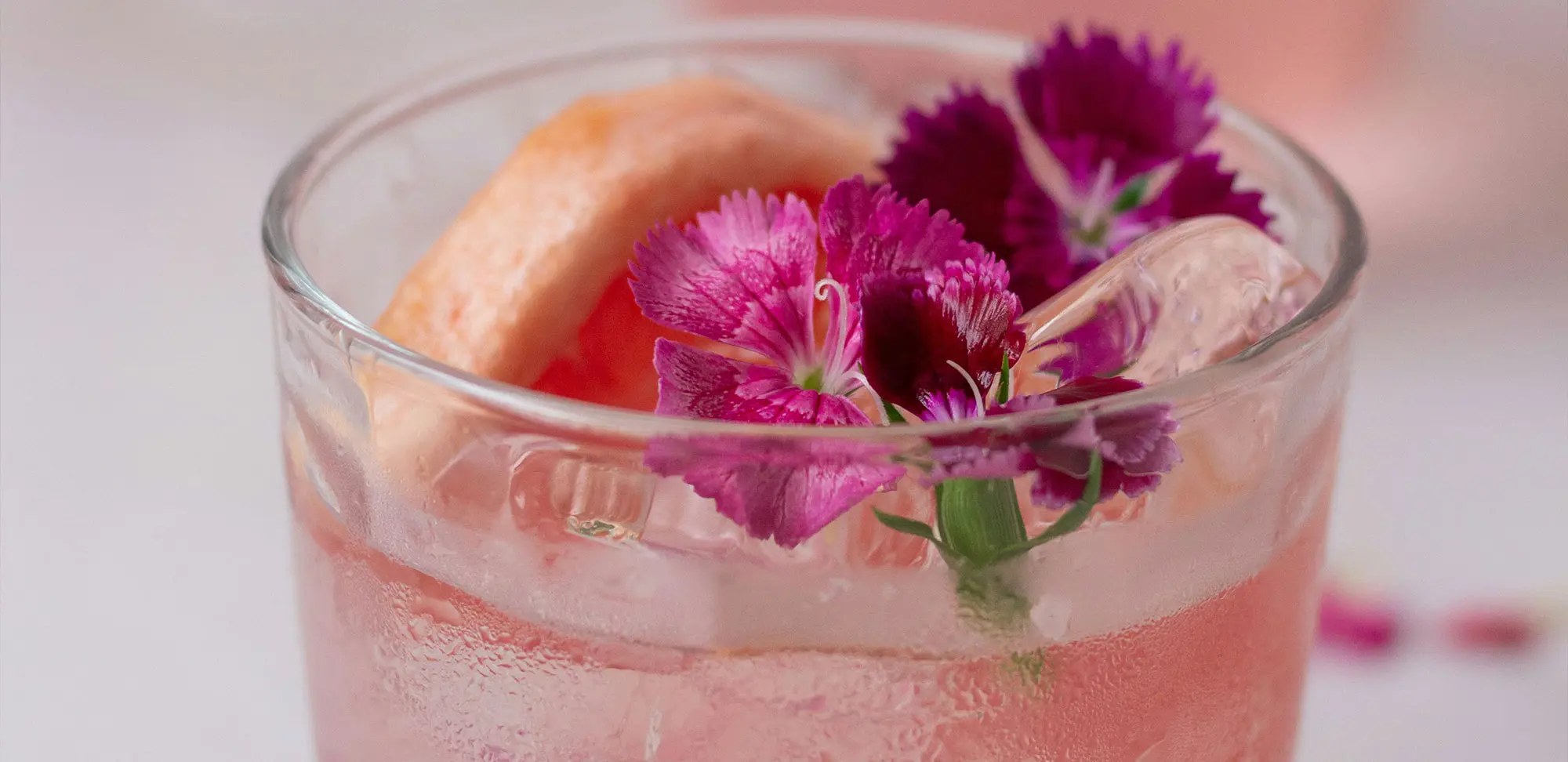Located in the middle of the Gulf of St. Lawrence, Îles de la Madeleine is a green archipelago of seven small inhabited islands, each rich in its own history and culture.
Route 199, the main road crossing the Îles de la Madeleine, often called the Magdalen Islands in English, is only about 85 kilometres long, so you can choose your home base and take day trips to explore each island.
WHEN YOU GO
While there are quite a few options for boutique hotels and small-apartment stays, you’re staying at Le Domaine du Vieux Couvent, a former convent with gorgeous views of the sea. From $230. domaineduvieuxcouvent.com.
Air Canada offers flights to the islands through Montreal during the summer months. Off-season, consider Pascan Aviation or PAL Airlines from Quebec City. The five-hour ferry crossing from Souris, Prince Edward Island, allows you to bring your car, or you can rent a car, provided you book in advance. Taxi cabs are also readily available. Cruises by Voyages AML sail from Montreal down the St. Lawrence River through Quebec City and around the Gaspé Peninsula to the islands. It’s not fancy, but it’s fun — and very French. QUEBECMARITIME.CA
HIT THE TRAILS
The Route Verte is a 100-kilometre stretch of cycling, from one end of the islands to the other — Havre-Aubert to Grande-Entrée — along the main road. The sea view is practically constant, with many opportunities to veer off the main path — something, in fact, encouraged by the locals. You get some exercise, see the sights, meet the people, enjoy the food — you’re exercising, so you need fuel! — and experience local island life. There are five panoramic routes in total, including a jaunt through the villages of the more inhabited Cap aux Meules Island or a cycle around the panoramic Havre Aubert Island, where you can stand at the Anse-à-la-Cabane Lighthouse atop the famous red cliffs.
GET OUTSIDE
Îles de la Madeleine has an abundance of outdoor pursuits — and local tour operators that share your enthusiasm. You can book cycling and hiking tours, horseback riding, golfing, paddling, boating and sailing, fishing and marine wildlife-watching tours. The lagoons are perfect for learning all the wind sports, high speed and otherwise, if that’s on your bucket list.
Wildlife reserves lure naturalists on the lookout for the more than 300 species of seabirds, shorebirds and waterfowl on the islands. Birders head to the Pointe-de-l’Est National Wildlife Area, the cliffs of Île d’Entrée and the trails of Parc des Buck, among others. And the monumental, pastoral beauty of each quadrant of the archipelago is icing on the cake. Summer is beach season, of course, with plenty of sand to go around.
INDULGE YOUR PALATE
Yes, there will be lobster. No, you will not tire of it — nor the smoked herring, scallops, mackerel, clam chowder or fancily shaped croxignoles pastries. Îles de la Madeleine is a definite food-lover’s dream. New businesses are continually cropping up to augment the list of local delicacies, and summer’s outdoor markets are filled with farm-fresh goodness. Even the little, out-of-the-way snack shops tantalize visitors in a variety of ways.
Traditional tastes are always worth a try, particularly the multitude of cheeses, made with raw sheep’s milk or from Canadienne cow milk. Pot-en-pot is the Acadian version of a meat pie. It is most commonly filled with chicken or rabbit but can also be a seafood casserole with a pastry top. Seal meat can often be found on restaurant menus, as well as salted meats or fish smoked over a maple-wood fire. Be sure to try the traditional “la bagosse” — a homemade berry-wine concoction that Grandad used to make — along with craft beers and crisp ciders. You’ll also find herbalists busy with their aromatic oils, honey houses offering up sweets, and tea rooms on hand for a brief respite from a day of exploring.
ABSORB THE CULTURE
Visitors quickly discover why the Acadian and Scottish ancestors of the Madelinots were drawn here more than 200 years ago: lush hillsides, long stretches of beach, calm lagoons, red sandstone cliffs and diverse flora and fauna. This is a natural environment nonpareil.
Add in the Magdalen maritime cultural heritage and traditional foodways, and your agenda fills up as you taste your way around the countryside, comb the artisans’ workshops for original painting and photography, and enjoy all manner of water sports. Evenings bring local, traditional music and more than a few stories. It’s a rich heritage of shipwrecks and wildlife, mixed with peace and quiet. You may not get acquainted with all 12,000 people on this serene archipelago, but you will likely do your darndest.
